On December 21, 2018, Captain Bilal Chughtai flew took off with Airbus A320 from Allama Iqbal International Airport in Lahore to Abu Dhabi on a normal flight. Captain Bilal Chughtai is one of the PIA’s expert pilots who have thousands of hours flying PIA’s Fokker Friendship 27s, Boeing 737, Airbus A310s, Boeing 777s, ATRs, and Airbus A320s as co-pilot. And then as a captain, he has flown ATR and Airbus A320.
This article was originally published on BBC Urdu on this link.
According to the details, an engine of the plane sounded the alarm immediately after the takeoff and the captain’s attention was immediately drawn towards that. The captain paid attention to the checklists, shutting down the engine before it burned, which saved the engine from disaster and fire. He then planed to bring more than 180 passengers and a plane loaded with fuel for a three-hour flight to the runway. This is the most difficult phase of his problem where he needs to bring all his expertise and experience to the fore. The captain and first officer completed all the steps in a few minutes and landed the plane with one engine and not only saved the precious lives of the passengers but also saved the plane and its engine worth billions of rupees.
But two years ago, the licenses of dozens of pilots, including Captain Bilal Chughtai, came on the list that is ‘suspicious or fake’, according to Pakistan Civil Aviation and the Federal Minister for Aviation Ghulam Sarwar Khan.
According to him, “out of 860 active pilots in Pakistan, 262 pilots did not take the tests themselves and someone else took the exams. A dummy candidate gave tests on their behalf”. He also claimed that the educational credentials of the four pilots turned out to be fake. The global media around the world reported and attributed the statement to Aviation Minister Ghulam Sarwar Khan that the ‘licenses’ of several pilots in Pakistan were apparently “fake”. This raises so many questions that requires answers.
For this Tahir Imran Mian spoke to 6 PIA pilots to get answers to these questions, some of whom are part of the list that has been declared suspicious and some of whose cases are in court. In addition, former PIA pilots who are now working in various airlines around the world, including a former senior civil aviation official and two former senior PIA officials, Palpa and a PIA spokesperson also spoke about the matter. Here are the questions and answers.
1. What is the difference between a commercial pilot and an airline pilot?
No qualifications are generally required to become a pilot and your proficiency in English language and technical understanding is considered sufficient. If you ask most of Pakistan’s leading flying schools, they say that a matriculation degree and proficient English is enough.
The US Federal Aviation Authority says you must be at least 17 years old and have to take some knowledge test. After that there is a medical test in Pakistan you are given a student pilot license.
You are then put on a plane after being taught through machines and theory. After 200 hours of the flying, plus simulator you get a commercial pilot’s license or CPL that allows you to fly a plane. These days you have to pay around Rs 20,000 for one hour of flying.
You then have to pass theoretical exams as well as complete 1500 hours of flights on the basis of which the Civil Aviation Authority issues you the Airline Transport Pilot License (APTL). That allows you to fly passenger planes for airlines. There are other types of pilot licenses.
An important point to keep in mind here is that all these pilots about whom there is suspicion have CPL (Commercial Pilot License) and most of them have APTL. Some of them have APTL from the USA and Canada. But then a twist appeared in the story around 2012.
3. What does a fake license mean? And when did this whole issue started and why?
Fake degrees have little to do with becoming an airline pilot, and there have been cases in the past and present where people with no degree or qualification got CPL. Many of the PIA pilots who were fired by the PIA on the basis of degrees are working in Saudi Arabia and other countries. One of these is the famous case of cricketer Waqar Younis’s brother Faisal Younis.
Everyone agrees that the degree issue is related to the human resource rules of an airline and the basic issue is moral or using fraudulent mean and not lack of education. But many experts say that in a profession that depends on honesty and extreme sense of responsibility, how can you move forward by basing your credentials on fraud or lies.
It is to be noted that the issue of scrutiny of degrees in PIA is not new and the important thing is that PIA spent at least $35,000 from public tax money on training and development of fake degree holders like Faisal Younis. It could be saved if the airline and CAA used basic verification systems properly and followed the process. But the hard work and investment are bearing fruits for some other airline while this money could have been well spent on some deserving worthy candidate.
3. What does a fake license mean? And when did this whole issue started and why?
Fake licenses do not mean that pilots who are part of this so-called “list” do not know about aircraft or do not know how to fly. As we mentioned, Captain Bilal Chughtai has years of experience and, like other pilots, can still fly without hesitation. Actually most of these pilots allegedly have some problems with the new examination system introduced in 2012, on the basis of which their qualifications are in question.
Prior to 2012, all of these pilots were licensed and qualified. At the same time, they still have a license issued by the Pakistan Civil Aviation Authority, which is very genuine and certified. But there are question marks over the test as a result of which it has been issued.
So in this crime, civil aviation and especially its licensing department is more suspicious than the pilots, who issued licenses to these pilots for any reason as a result of these allegedly dubious tests.
The important point here is that where the fake licenses of these pilots are mentioned, there is no mention at all about those who issued these licenses and why. If there was a problem with them, why was it not addressed and why is it being discussed now? Not that it is not right to discuss them now. But the delay in taking up these cases raises many questions.
It may be recalled that these examinations are conducted in the office of the Civil Aviation Authority on the computers of the Civil Aviation Authority under the supervision of the Civil Aviation Authority under the system of Pakistan Civil Aviation. In its examination center where there are or there should be CCTV cameras installed.
They are also checked by the people of the Civil Aviation Authority, who also mark these tests and decide who is pass and fail. After getting the result, the license is also issued by the civil aviation.
In other words, any tampering in these examinations is not possible without the will and cooperation of the civil aviation personnel.
And we can not clap with one hand. Many civil aviation officials are also behind the licenses of these dubious pilots.
4. Is it just a fake license? What is the story behind it?
In 2012, Pakistan Civil Aviation abruptly decided to change the pilot examination system. Previously two tests resulted in you being issued a license. With flying hours and other tests. After 2012, it was changed to eight papers or exams, and for that, there was a database of 40,000 plus questions that would take months and sometimes years to complete.
As a result, many pilots started failing the exams because the exams were more about theory. That they were assumed to be used less in the field. This included pilots recruited on political grounds or reference basis and whose hiring into the PIA was questionable. But suddenly the recruitment of contract pilots started at the same time. Which cannot be called a mere coincidence?
Soon those who failed began to realize that there are ways to pass. It is just a game of a few lakh rupees which started from three to four and some pilots paid up to fifteen lakh rupees or more and took and passed the exams. According to a pilot, they were approached, provided with cheating material, one claimed he was provided with the questionnaire in advance. One pilot told on condition of anonymity that a camera was attached to their shirt to help them pass the exam.
Later more pilots benefited from these practices and went back to their old jobs after getting their licenses stamped by the authorities. It is important to note that the test process plays a 5% role in all licenses, while the most prominent role is played by simulator training and other practice tests.
According to the pilots, its role in real life may not be even one percent, but morally and ethically it is one hundred percent important morally and ethically. Because if the foundation itself is based on fraud, then how can anyone trust the building?
Two years ago, civil aviation started this process after revelations that the pilots’ licenses had been obtained improperly or through dubious means.
Initially, it was said there are 262 pilots, but the actual number is small. Secondly, there are only a few of them who have passed the whole process by cheating. Often an issue of one or two papers or part of a paper.
But civil aviation kept it hidden because it felt this will thrown the whole system under the bus. Because it feared that is this pandora box opens there will be mor damage. But with differences between young pilots and contract pilots playing a major role, the issue started appearing in chatters. And things were escalated by the power struggle between ex unifromed pilots and those recruited directly by PIA as cadets.
Significantly, many pilots have acknowledged that the small number of those on the list have committed the crime they are accused of, and they are well aware of that. The pilot community has known about this for many years, not just today. But some civil aviation officials started harassing some pilots, in this case, to collect money from them, as a result of which some pilots went to court and the court issued them licenses.
Some pilots and two senior former civil aviation officials allege that a few individuals in civil aviation started the whole process to make money and created a very complex and difficult system of examinations overnight with no purpose in mind. It doesn’t mean that these pilots can not fly or don’t know how to fly. Most of them have been flying planes for years and are still flying.
On the contrary, pilots claim that there were few accidents when the old system was in place and they are increasing in the new system. They allege that as a result of these reckless changes, many honest and hardworking people also committed dishonesty because the whole system was meant to make money for a few people who have now left and no one is holding them accountable.
When contacted, Captain Bilal Chughtai refused to speak, saying the matter was critical and he did not want to ruin his job because his case was ongoing.
But the pilots who are part of the list, all of whom were interviewed, said that the test was not a difficult one for them and that they were not afraid of it. They are ready to retake the exams on any platform as they have completed the remaining stages of the exam in front of international experts in France, Jordan, Malaysia, and are ready to do it again. They all want the disgrace to be removed from their profiles through a transparent inquiry.
The question is why this whole issue is being raised now. The pilots claim that the administration wants to get them out of the way and bring in retired Air Force pilots or contract pilots.
According to PIA spokesman Abdullah Hafeez, “PiA has spent considerable resources and equity in the training and development of the pilots and getting the entirely new team at this juncture of reforms and crisis would be counterproductive. However not compromising on safety, if it comes to tough decisions, the same shall be taken. However, pilots fraternity must also realize the ground realities and seriousness of the situation. It is the black sheep among their ranks that have brought such bad name to the country and strongest action has to be taken against such people to establish international credibility or at least hopes of it. This is a time to show moral character and resolve, not to engage in purposeless camaraderie or nepotism”.
According to a statement from Palpa: “PALPA denounces any illegal way of obtaining pilots licenses. We welcome any impartial and fair inquiry into this system to unearth those responsibly. We further demand that the Government takes all measures to eliminate such practices and take action against all contributors. We also offer full and unwavering support to the Government for any effort to make pilots licensing process foolproof and secure from any malpractices”.
Will the Federal Minister of Civil Aviation also announce a comprehensive commission of inquiry into the whole matter, which will bring the issuers of these licenses and their facilitators to justice?
Because the issue is no longer limited to a few dubious licensed pilots, but the Federal Minister for Aviation in his statement in Parliament has questioned Pakistan’s aviation industry, the hundreds of pilots working for it, and their permanence and competence. Working or training under license from around the world.
Only a transparent, credible civil aviation authority and a transparent international standard investigative report followed by concrete actions on the matter can save a crippled aviation industry that hardly survived the COVID19.
But according to poet Ayub Khawar, Ghulam Sarwar has got his
Hands tangled in tangled silk
Now tell us how each thread will be separated from each other?
ہاتھ الجھے ہوئے ریشم میں پھنسا بیٹھے ہیں
اب بتا کون سے دھاگے کو جدا کس سے کریں
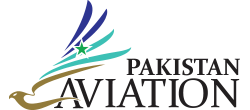

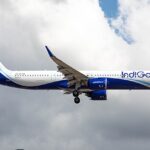
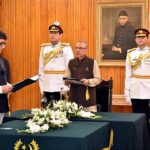
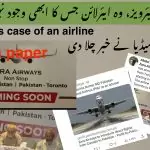


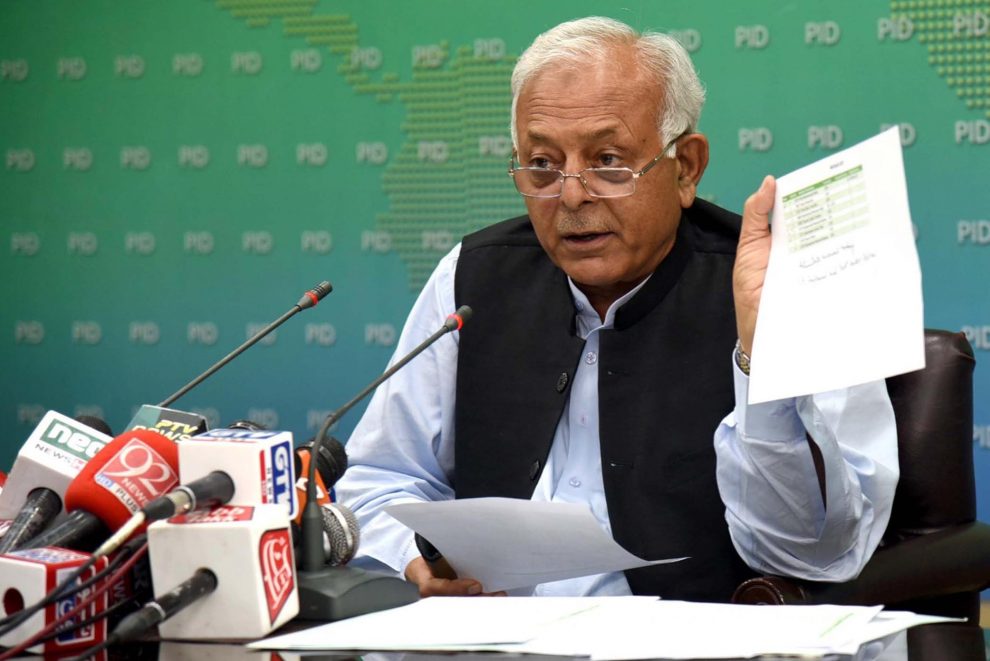

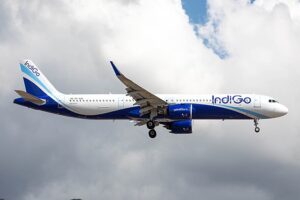
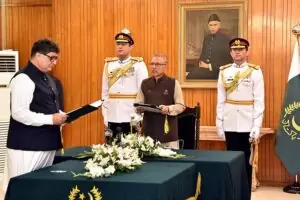






Add Comment